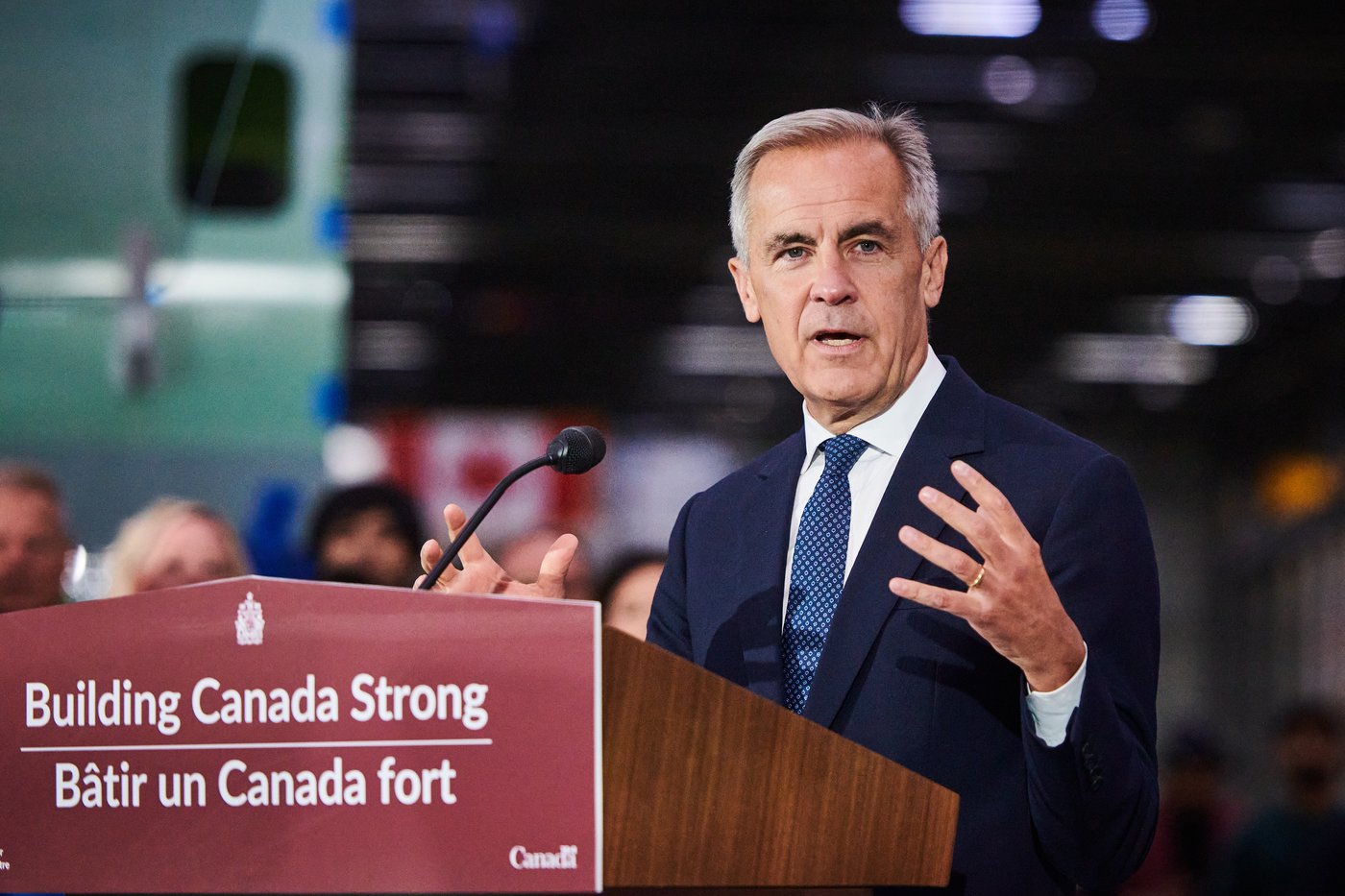Teacher shortages persisted this school year. What’s being done to fill the gap for the next?

Addressing the ongoing teacher shortages in schools across Canada has become a pressing issue that is affecting the quality of education that students receive. Parents like Katherine Korakakis in Montreal are witnessing firsthand the impact of having substitute teachers who are not qualified to teach the subjects they are assigned to. This is a concern, especially after the disruptions caused by the pandemic, as students are already struggling with learning loss.
The shortage of teachers has become a widespread problem in nearly every province and territory, with students facing a constant rotation of substitute teachers and even having subjects taught by individuals who are not fluent in the language. This lack of continuity in teaching is detrimental to the academic progress of students and puts additional pressure on the existing teachers and support staff in schools.
Various factors have contributed to the teacher shortages, including an aging workforce, rapid population growth, limited housing in certain regions, and high costs of living. However, teachers themselves point to the working conditions as a significant factor leading to educators leaving the profession. The increased workload, lack of support staff, and complex student needs have made teaching unsustainable for many individuals.
Efforts to address the teacher shortages are underway in some provinces, with initiatives such as allowing teacher colleges to accept more students and streamlining teacher training programs being considered. While these are positive steps, there are concerns about the long-term sustainability of these measures without addressing the underlying issues that are driving teachers away from the profession.
Teachers like Jadine Krist, who left classroom teaching after just one year due to the challenging conditions she faced, emphasize the importance of creating a supportive and respectful environment for educators. Investing in teachers through better pay, increased support staff, and improved working conditions is essential to attract and retain talented individuals in the field of education.
Ultimately, addressing the teacher shortages in Canadian schools requires a comprehensive and sustainable approach that prioritizes the well-being of educators and the quality of education for students. By recognizing and addressing the root causes of the problem, we can ensure that all students have access to qualified and dedicated teachers who can support their academic success.



